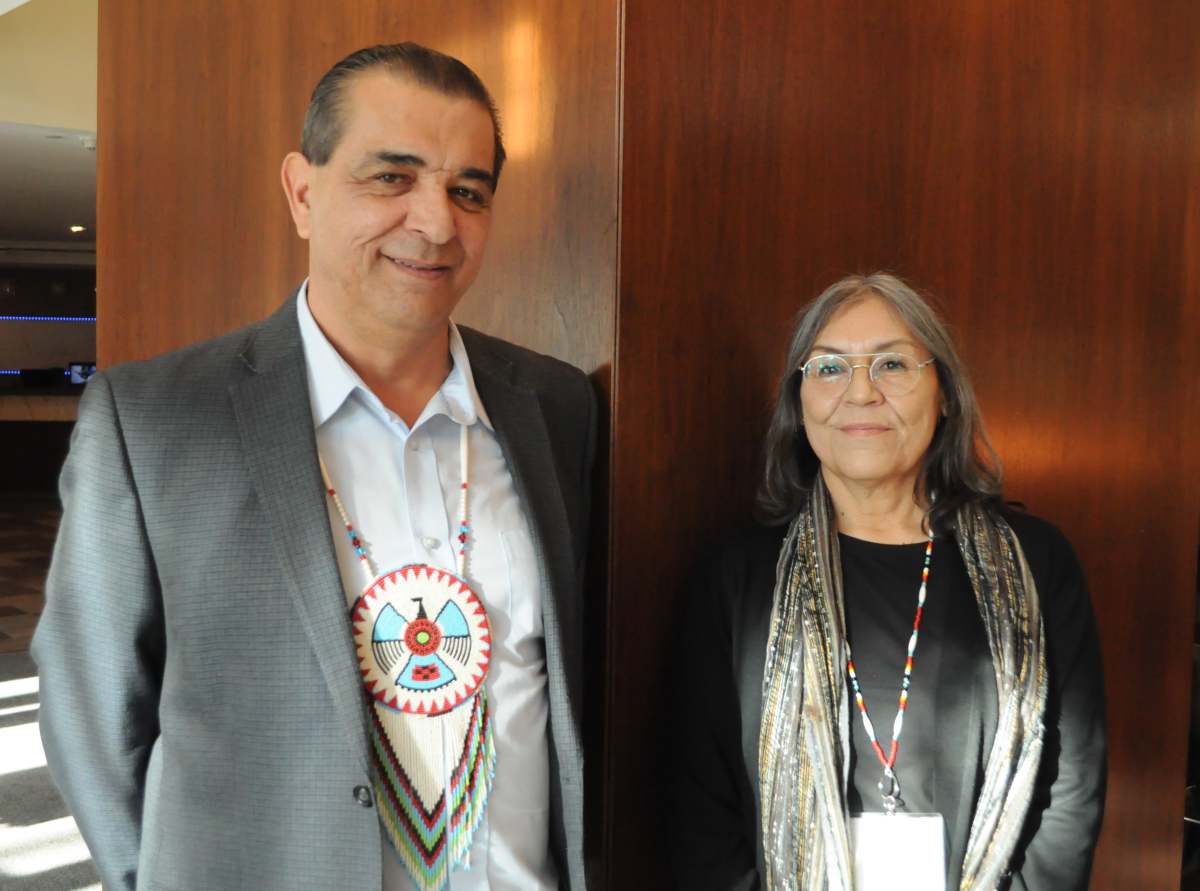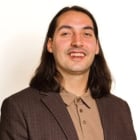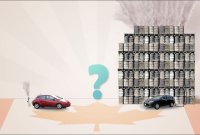Site selection for an underground repository for Canada’s nuclear waste has been postponed to provide more time for in-person consultation with First Nation communities and municipalities.
A representative from Nuclear Waste Management Organization (NWMO), the non-profit organization responsible for the waste facility, told Canada’s National Observer the location decision has been pushed to 2024.
“We experienced a significant loss of time for face-to-face engagement and interaction, especially in communities exploring their potential to host the project,” Lise Morton, vice-president of site selection at the NWMO, said in a previous press release.
“Making this small adjustment in timing also gives us and the potential host communities additional time to review and absorb new information as they consider if hosting the project aligns with their vision and priorities,” the statement continued.
The location of a deep geological repository to hold all of Canada’s nuclear waste is a significant decision for the industry’s future. The repository will have to weather climate change and ice ages, according to NWMO’s website.
The project would see a facility about the size of the CN Tower housed 500 feet underground. Currently, all nuclear waste is stored on-site at Canada’s four major nuclear power plants, three of which are in Ontario. Those plants supply 56 per cent of the province’s power generation, according to Canada’s Energy Regulator.
However, Canada is set to expand nuclear energy with the emergence of small modular reactors, or SMRs. Ottawa is banking on SMRs to help achieve Canada’s climate goals by replacing coal plants, powering heavy industry operations in places like the oilsands and remote mines, and providing electricity for remote communities reliant on diesel.
SMRs are not currently produced or in use anywhere in Canada. But Ontario, Alberta, Saskatchewan and New Brunswick have their eye on introducing them sometime over the next two decades.
The fossil fuel industry is also touting SMRs as a way to decarbonize Alberta’s tar sands, according to reporting by Canada’s National Observer.
However, SMRs are set to produce more nuclear waste than conventional plants, according to research conducted by Stanford University and the University of British Columbia.
Currently, there are two deep geological repositories under development in the world. Onkalo in Finland and a site in development by radioactive waste disposal co-operative Nagra in the northern region of Switzerland. Both sites are not yet housing waste, with Onkalo set to begin operations in a year or two.
In Canada, there are two proposed regions for site selection: Ignance and area, which is 250 kilometres northwest of Thunder Bay, and South Bruce, which is 180 kilometres northwest of Toronto.
Chief Veronica Smith and Coun. Lester Anoquot are from the Saugeen First Nation, one of the nations whose ancestral territories overlap with the proposed South Bruce site. Anoquot, who is a former chief, says the nation wants meaningful consultation with NWMO going forward.
Almost two years ago, Saugeen First Nation turned down a low- and intermediate-level nuclear waste storage facility owned by Ontario Power Generation. But Anoquot worries that proposal was the set-up for a larger ask and that the nation might now be tapped to take on the larger repository.
He points to a late chief of the community who always thought “the low-level [project] was just a Trojan Horse to introduce the high level,” Anoquot said.
Living near the Bruce Nuclear Generating Station, Anoquot is not opposed to finding a solution for nuclear waste, but he’s worried about the environment, future generations and whether there will be meaningful dialogue.
“Just throwing money at a consultation process doesn't do that. It actually means sitting down and having those hard conversations with one another.”
— With files from Cloe Logan
Matteo Cimellaro / Canada’s National Observer / Local Journalism Initiative







Comments
The Bruce Peninsula, home to geological fracture lines that have resulted in raw-faced cut cliffs, seems to me an illogical choice for burying waste that could potentially kill off entire generations of people.
Given all the wonders of science, and the continual refrain of reduce-reuse-recycle, one wonders why there seemsto be no effort being made to re-concentrate the (partially) spent fuel, and instead to continue producing more toxic and difficult to contain nuclear "waste."
If science can't do that, then I'd submit that science is probably also ill equipped, especially in a rapidly changing physical world, to determine a spot that will "still" be "safe" millennia or even epochs from now.
It seems we as a "modern, developed" society are bent on maintaining hubris as a prevalent state of decision-makers and scientists, despite myriad disastrous steps the two together have taken over at least the past few centuries.
If SMRs cannot be developed that render down existing spent fuel, as initially promised, then deep burial of the existing spent waste and the cancellation of further nuclear power development is the only long term answer. In all cases, the waste must be dealt with.
That should be followed by a total plunge into renewables, conservation and climate adaptation measures with generous programs for workers displaced by the transition and for carbon industries genuinely moving toward zero.
Nuclear waste is dangerous and all, and I think nuclear power is a stupid idea on almost every dimension--operational safety, waste, connection with material for nuclear weapons, and perhaps above all, terrible economics. But I've never really understood why it seems to be so dashed impossible to store the waste somewhere safe.
Consider oil wells. The oil in those oil deposits stayed undisturbed for literally hundreds of millions of years until we drilled down to get it. So, first, that shows that it's perfectly possible for things in the earth to just sit there for a really long time. And second, couldn't we just shove the waste back down the drill at a fairly deep played-out oil well and cap it really thoroughly? Or, drill deep right by a subduction zone at the edge of a continental plate. In a couple thousand years it all gets shoved under the next continent, never to be seen again. But instead they always seem to be fiddling around with storage in caves or stuff, so shallow it's still in the water table. Maybe it's because they want to cheap out, but it ends up costing even more because nobody's willing to live with the inadequate solutions so they end up half-building stuff, abandoning it, proposing something else and so on.
Someone has likely already clarified this, but Veronica Smith is Chief of the Chippewas of Nawash First Nation, and Lester Anoquot is a Councillr yes and former Chief of the Saugeen First Nation. Both Nations came together to fight the previous proposed depository, and work on many issues together as the Saugeen Ojibway Nation (SON). Thanks for doing the article, Matteo.